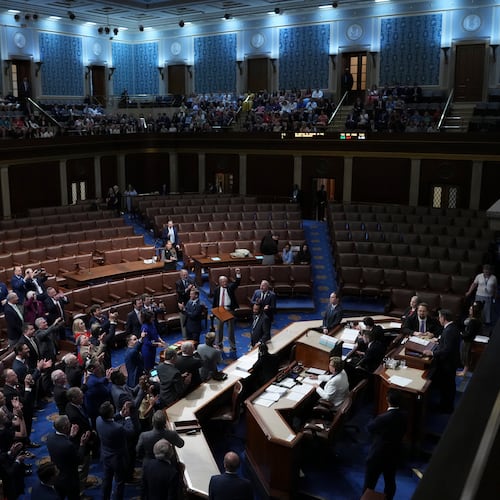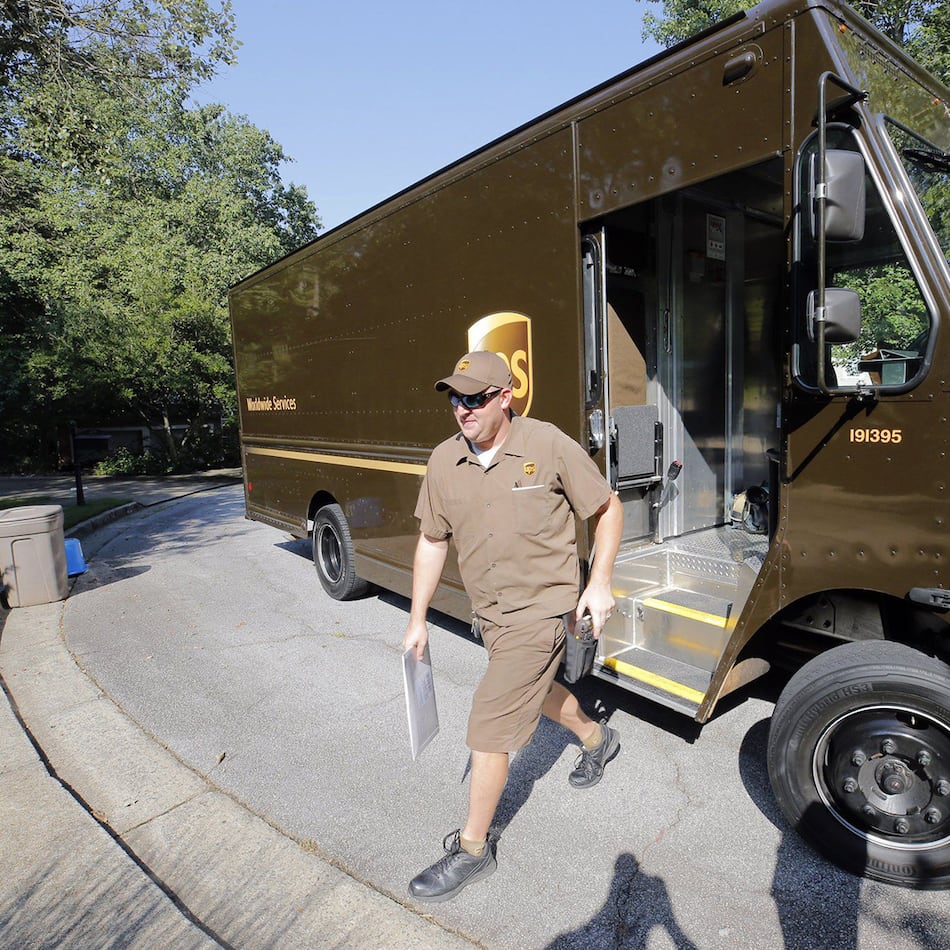The latest trend in educational excellence is parental engagement. Schools across the country are struggling to get parents to even come through the door, much less be involved. But a model for true parental engagement does exist, and it’s been evolving for 30 years — family literacy.
It is the most important step to take in helping parents leverage their role into meaningful change. Some think striving for parental involvement is too difficult a task — parents are not interested in their child’s education. This is not true. There are thousands of family literacy sites where parents attend their child’s school.
For 20 years, the National Center for Family Literacy and Toyota have created laboratories of learning in 50 U.S. cities. Such is the case here in Atlanta, where the Toyota Families for Learning program started in 1991. Since then, the program has helped spawn many other local family literacy initiatives.
During the past 20 years, we have improved the education and economic level of more than 1 million families. Of this group, nearly 60 percent of parents have less than a 10th-grade education, and more than 90 percent of children qualify for free or reduced lunch. And, yet, the model we deploy is producing results, which research proves:
● A mother’s reading skill is the greatest determinant of her child’s future academic success, more than other factors like neighborhood and family income, according to the National Institutes of Health.
● Kids whose parents help them learn to read score 10 points higher on standardized reading tests, our research shows.
● Immigrant families in 30 cities showed major outcomes in English language and literacy, parent involvement, literacy behaviors at home, and school-related attitudes, we found.
The proven track record is here. Now the question is: How do communities and schools effectively implement family literacy — especially during challenging budget times?
First, public and private partnerships should be leveraged to develop approaches that work and can be replicated. Private resources present the best opportunities to fuel innovation.
Toyota invested $36 million to create 256 program sites and establish best practices used in countless other programs. Those programs have leveraged more than $229 million in additional investment to sustain and expand family literacy. Why? Because these schools and communities witness first-hand that educational achievement pays for itself.
Second, existing resources must be focused on a family approach to education for Hispanic learners. Programs to help parents gain basic academic and English skills in the context of helping their children are showing results.
Third, parental involvement is a key predictor of a child’s success. But, parents who have less education are more likely to find schools intimidating. Taking the time for a personal call or visit can make a difference.
Fourth, family literacy should be incorporated into existing services. Efforts should embrace an intergenerational approach by connecting family literacy to all child-serving agencies, such as school districts, Head Start and faith-based programs.
Sharon Darling is president and founder of NCFL.
About the Author
Keep Reading
The Latest
Featured


